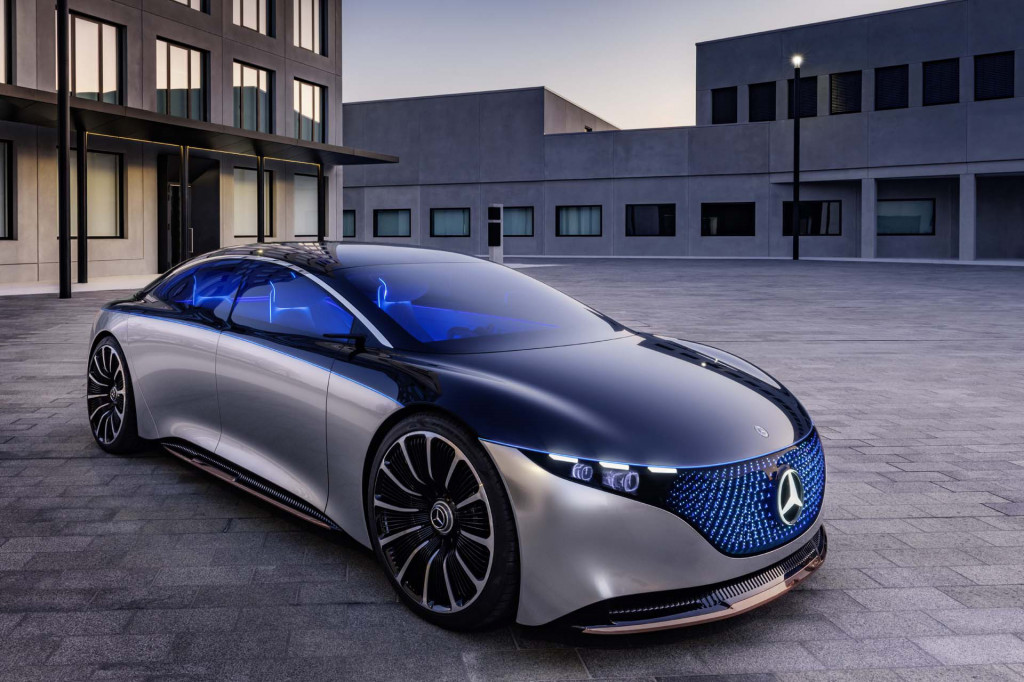With the launch of the Mercedes-Benz EQC earlier this year for Europe, some seized on the fully electric luxury crossover’s driving range as a sign the brand just wan't keeping up.
The EQC hasn’t yet been rated for range by the U.S. EPA (or arrived here yet) but with 80 kwh of usable rated capacity it’s expected to slot in for the U.S. at 10-20 percent less rated range than the 293-mile Europe’s WLTP cycle indicates—and with fewer miles per kwh than the Tesla Model X, which ekes 325 miles from about 95 kwh of usable capacity.
According to Jochen Hermann, the head of eDrive development at Daimler AG, which includes Mercedes-Benz, that's all beside the point. It’s a deliberate decision that the automaker has made—not to take part in the “range race.”

2020 Mercedes-Benz EQC 400 - first drive - Norway, May 2019
“We don’t think it’s necessary to go for, let’s call it the last mile within the battery,” said Hermann, when we caught up with him last week for an interview at the Frankfurt auto show. “I’d rather have something reliable, safe, and offer charging opportunities.”
“Safety is number one within Mercedes—and safety also means reliability, quality, and long-term performance.”.
Hermann admitted that for some electric car enthusiasts range may be the new horsepower. “People tend to talk about it,” he said. ”But I think we see it more from a practical view; we want to convince typical Mercedes customers.”

Mercedes-Benz Vision EQS concept
At the Frankfurt show, Mercedes-Benz introduced the Vision EQS concept car, which brings a “one bow” design showing (especially inside) how it might design vehicles of the future without the constraints of an internal combustion engine. It teases a future production electric EQS sedan that will be sold alongside the S-Class, which will continue to offer a range of different powertrains.
In pointing ahead to those fully electric models, Hermann emphasizes that the company can’t lose its customers on the rest of the car. So for the EQ vehicles, Hermann emphasizes—all 10 of them due by 2022—the company is applying the same long-haul quality standards as for the entire Mercedes-Benz product line.
“Once you’ve driven an electric car and it’s appropriate for your daily needs, the next question is not ‘electric yes or no’—then the car comes into play.”
Hermann said that right now EVs need a lot of mechanical parts and old-fashioned mechanical and thermal engineering know-how to make sure safety aspects of the battery are covered—although that’s primarily because of the electrolyte. “Going to solid state or getting rid of the electrolyte to a certain extent, that would be a valid goal and we’re actually striving for that.”













